Watch as primordial neural cells dance across, grow into, and even move 3D scaffolds engineered to heal brain injury from stroke and other trauma. Decorating the scaffold with various nutrients and biochemical signals allow researchers to control what types of brain tissues they become.
Get the latest international news and world events from around the world.
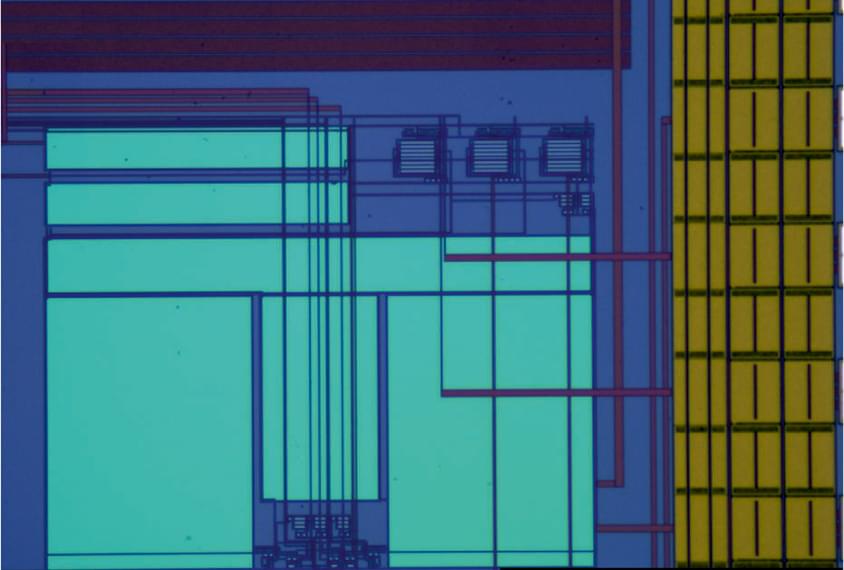
Artificial neurons may repair damaged cells and circuits
Electronic neurons made from silicon mimic brain cells and could be used to treat autism1.
Researchers plan to use the technology in conjunction with machine learning to retrain damaged or atypical neurons and restore function in the brains of people with Alzheimer’s disease, autism or other conditions.
Another team attempted to make artificial neurons in 2015 from a conductive organic chemical, but that version oversimplified brain signaling and was too large to implant in a human brain2.
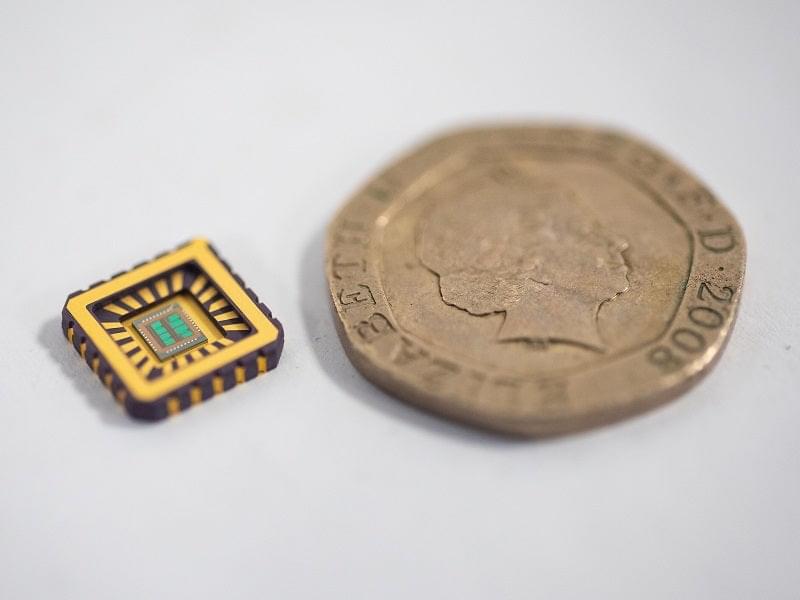
Artificial neurons could replace lost or damaged brain cells
An international team of researchers has developed artificial neurons that could be implanted in the brain to repair the damage caused by Alzheimer’s disease and other neurodegenerative conditions.

A Black Hole That Swallows An Earth-Like Planet Every Second And The Man Who Fell To Earth From Space: 40 Never-heard-of Science Facts That Will Blow Your Mind
Thetechnodrom.com is the place for every science and tech lover out there. Since the beginning of time, people have been interested in weird creatures and inventions, and The Technodrom is here to provide all the answers.

Breaking bonds: Double-helix unzipping reveals DNA physics
Accurately reconstructing how the parts of a complex molecular are held together knowing only how the molecule distorts and breaks up—this was the challenge taken on by a research team led by SISSA’s Cristian Micheletti and recently published on Physical Review Letters. In particular, the scientists studied how a DNA double helix unzips when translocated at high velocity through a nanopore, reconstructing fundamental DNA thermodynamic properties from the sole speed of the process.
The translocation of polymers through nanopores has long studied as a fundamental theoretical problem as well as for its several practical ramifications, e.g. for genome sequencing. We recall that the latter involves driving a DNA filament through a pore so narrow that only one of the double-helical strands can pass, while the other strand is left behind. As a result, the translocated DNA double helix will necessarily split and unwind, an effect known as unzipping.
The research team, which also includes Antonio Suma from the University of Bari, first author, and Vincenzo Carnevale from Temple University, used a cluster of computers to simulate the process with different driving forces keeping track of the DNA’s unzipping speed, a type of data that has rarely been studied despite being directly accessible in experiments.
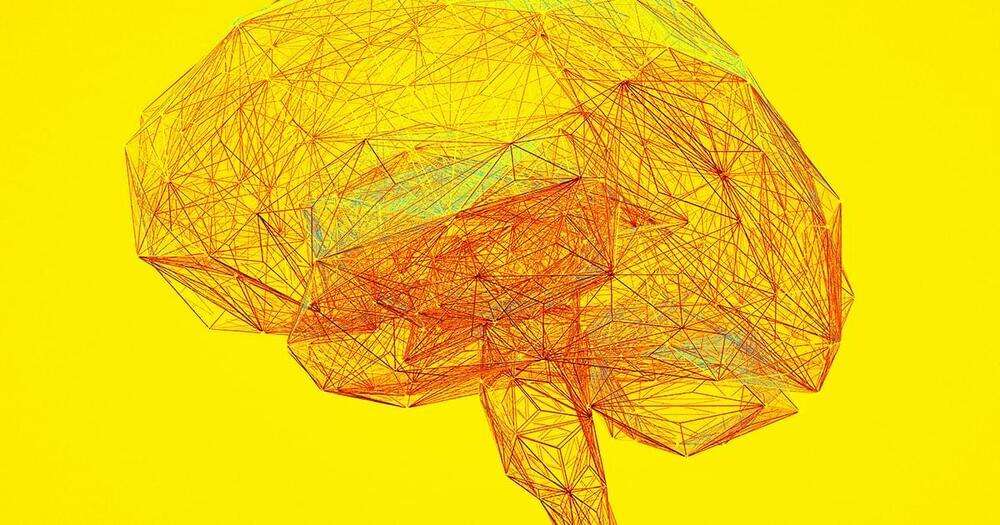

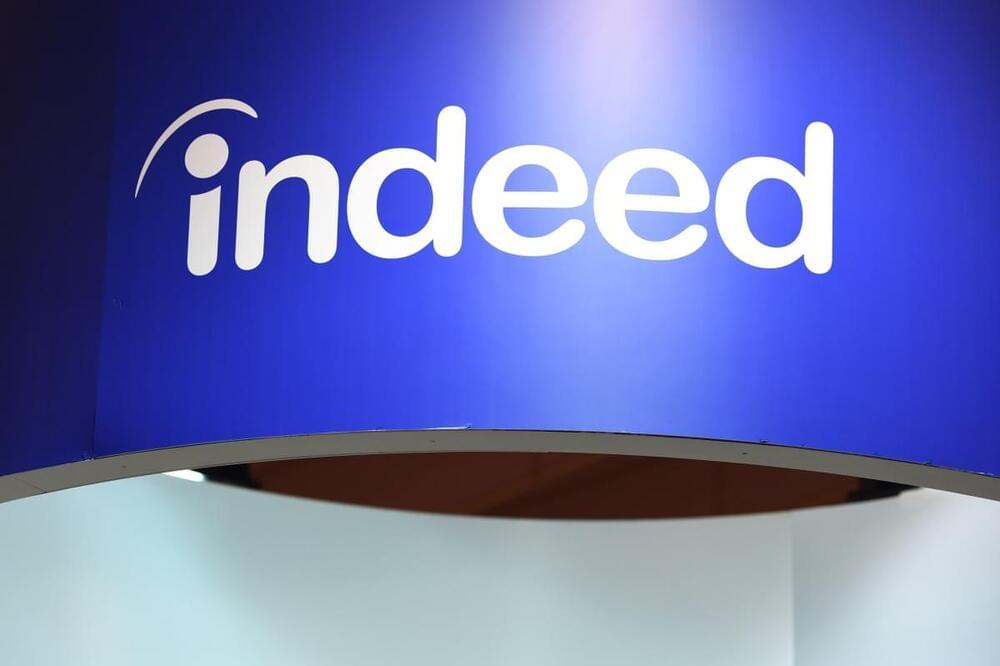
Job listing platform Indeed lays off 2,200 employees
At a company that helps people find jobs, 2,200 employees will now have to embark on a job search of their own. Indeed laid off 15% of employees today, CEO Chris Hyams announced in an all-hands meeting.
In a blog post, Hyams elaborated on the decision by explaining that the job market is expected to continue to cool down. Indeed makes its money by allowing companies to sponsor job listings, which shows the listing to more job seekers. But Hyams said that as of last quarter, sponsored job volumes were down 33% year over year, and total job openings were down 3.5%.
“With future job openings at or below pre-pandemic levels, our organization is simply too big for what lies ahead,” Hyams wrote. “We have held out longer than many other companies, but the revenue trends are undeniable. So I have decided to act now.”

GitHub’s Copilot goes beyond code completion, adds a chat mode and more
GitHub is announcing its Copilot X initiative today, an extension of its work on its popular Copilot code completion tool, which originally launched into preview all the way back in 2021. With this, the Microsoft-owned company is launching a code-centric chat mode for Copilot that helps developers write and debug their code, as well as Copilot for pull requests, AI-generated answers about documentation and more. Unsurprisingly, these new features are powered by OpenAI’s GPT-4, though it’s worth noting that, mostly for latency reasons, the code completion tool remains on GitHub’s Codex model, which it derived from GPT-3.
“With the new model coming online, we asked ourselves: what’s the next step? What’s the next step for Copilot? We believe that for auto completion, we nailed that scenario,” GitHub CEO Thomas Dohmke told me.
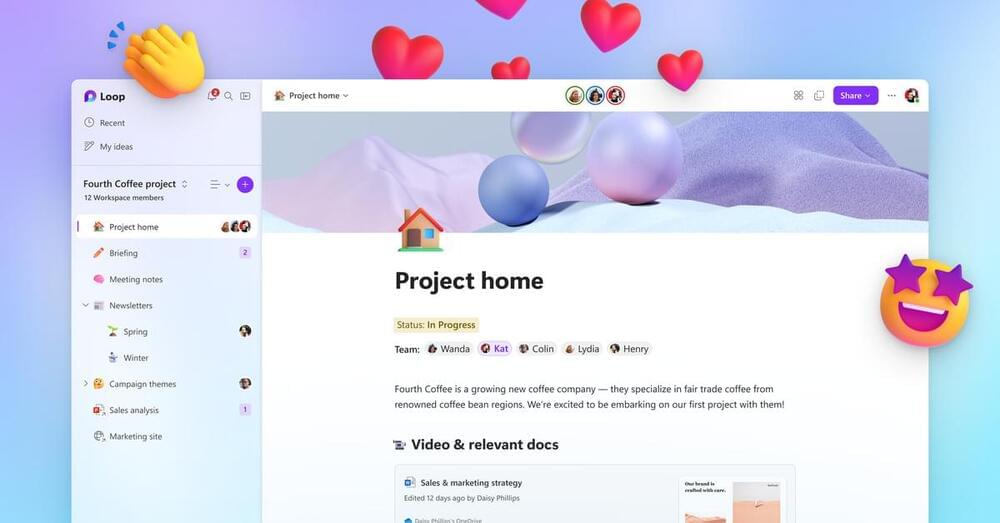
You can now try Microsoft Loop, a Notion competitor with futuristic Office documents
Microsoft’s Notion competitor has futuristic Lego-like Office documents and its AI-powered Copilot assistant.
Microsoft is now letting anyone preview Microsoft Loop, a collaborative hub offering a new way of working across Office apps and managing tasks and projects. Much like Notion, Microsoft Loop includes workspaces and pages where you can import and organize tasks, projects, and documents. But what sets the two apart is Loop’s shareable components that let you turn any page into a real-time block of content that can be pasted into Microsoft Teams, Outlook, Word on the web, and Whiteboard.
Loop components are constantly updated and editable for whoever they’re shared with.
Loop components really could be the future of Office documents.